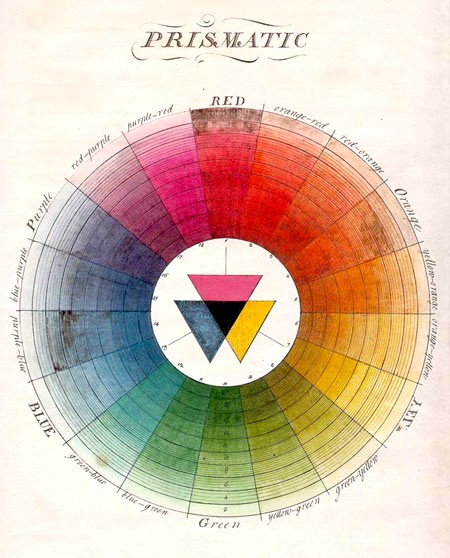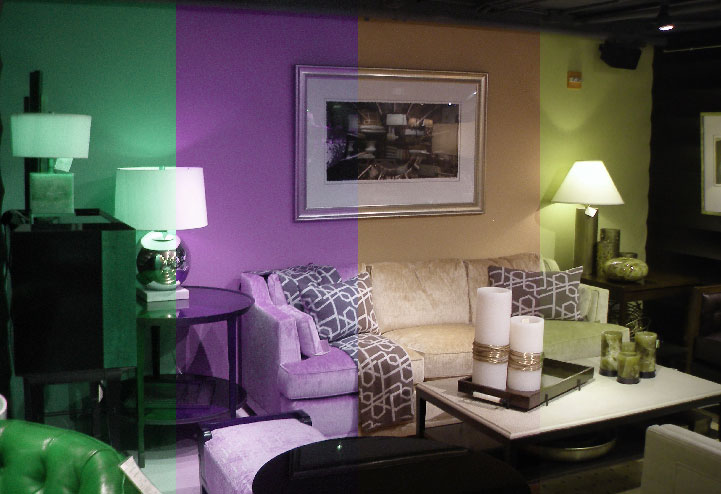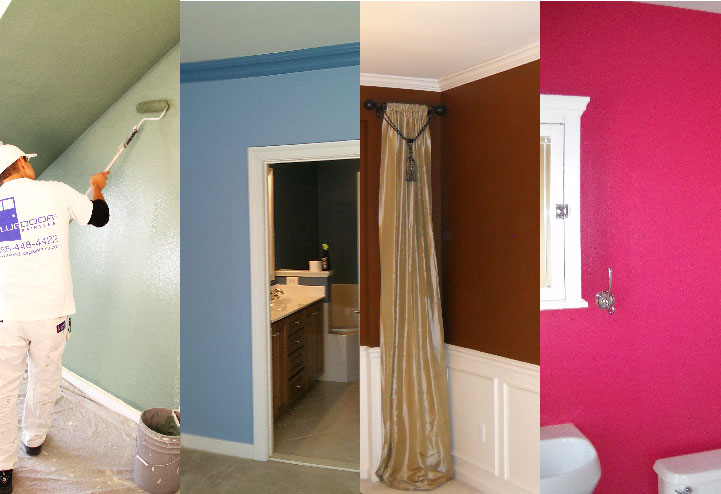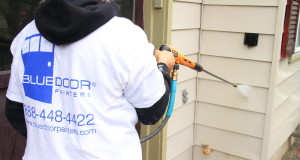
Monochromatic schemes are probably the easiest way to “get it right” when it comes to color combinations. Practical for staging houses and other times when a tried-and-true method to create a simple, pleasing decor is what you want, monochromatic combinations follow a simple formula that gives you nearly guaranteed success.
That formula? Just pick one color. It could be your favorite color, the color that creates the mood you’re trying to inspire, or the color that will appeal to the widest possible audience. For staging purposes, it is usually good to go with a light-toned, space-creating neutral like white, cream, or beige. For personal decoration purposes, think of a color that you will really enjoy over a long span of time, and in many different moods.
Once you’ve picked your color, you get to do the fun part. Without varying the core color, or hue, in color classification lingo, create several different shades of that color by varying the value (lightness or darkness), and the chroma (brightness or dullness). You can start with a buttery cream, for example, and mix in black to create a darker umber color for one of the accent colors, and then turn up the intensity to create a bold, warm mustard yellow for another. As long as you stay within the same hue (or an extremely tight range), you can play with the value and the chroma almost indefinitely, and you will still end up with a pleasing color combination. The variation created by the shading will give your composition texture, but your colors are very unlikely to ever clash.
And there is actually a surprising range of effects you can create using a monochromatic scheme. For example, a blue-based scheme that starts with a main color of bright cornflower blue, and accents it with a strong navy and a shocking bright-sky color, is going to make a much bolder statement than a dull blue-gray that is accented with a paler blue-gray and some slate-colored trim, even though in both cases you have essentially an all-blue room.
Remember to take into account the other objects in your composition that will provide colors that you might not have predicted: your rugs, furniture, and other decorations in your interior, or your bricks, deck, patio, roof, and landscaping in your exterior. If it becomes too difficult to keep everything exactly the same color, you might want to look into analogous color schemes as a method of providing more variety, which will be discussed in the next installment. Stay tuned!








